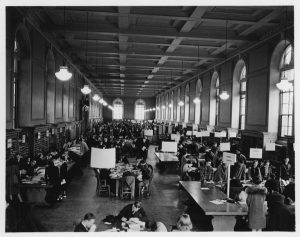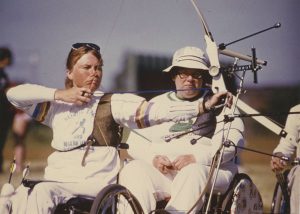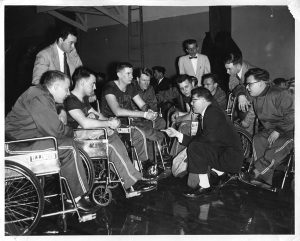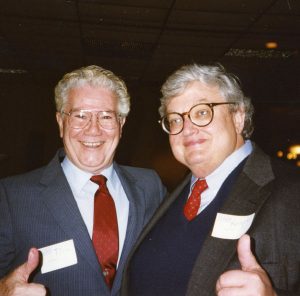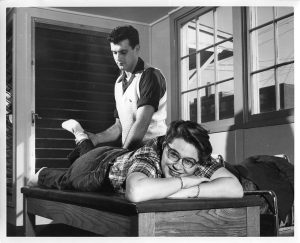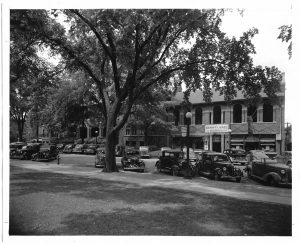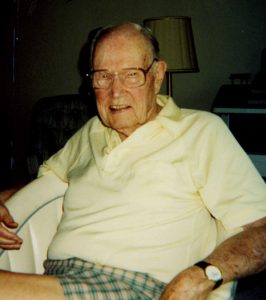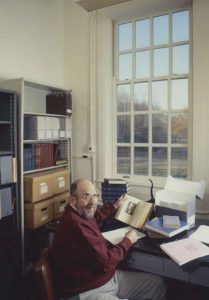
Written by Anna Trammell
The Alpha Tau Omega National Fraternity celebrated its sesquicentennial August 6th-8th in Indianapolis. This year also marks the 20th anniversary of ATO’s partnership with the Student Life and Culture Archives. Bill Krahling, former editor of the ATO Palm, played an integral role in obtaining and preserving the fraternity’s historical materials. This year, this unique collaboration was awarded the Laurel Wreath by the North-American Interfraternity Conference.
The Alpha Tau Omega Archives consists of over 600 cubic feet of administrative and personal correspondence, minutes, reports, photographs, films, video, and publications detailing the 150 year history of the fraternity. These materials illustrate ATO’s impact on campuses by showing how the organization has contributed to student life through mentoring and leadership programs, housing opportunities, philanthropy, and alumni development. The Archives collects material relating to congresses, administrative staff and services, the ATO Foundation, and ATO founders. Extensive chapter records and photograph files are preserved to demonstrate the rich history of the ATO brotherhood. Continue reading “Alpha Tau Omega Celebrates 150 Years”
